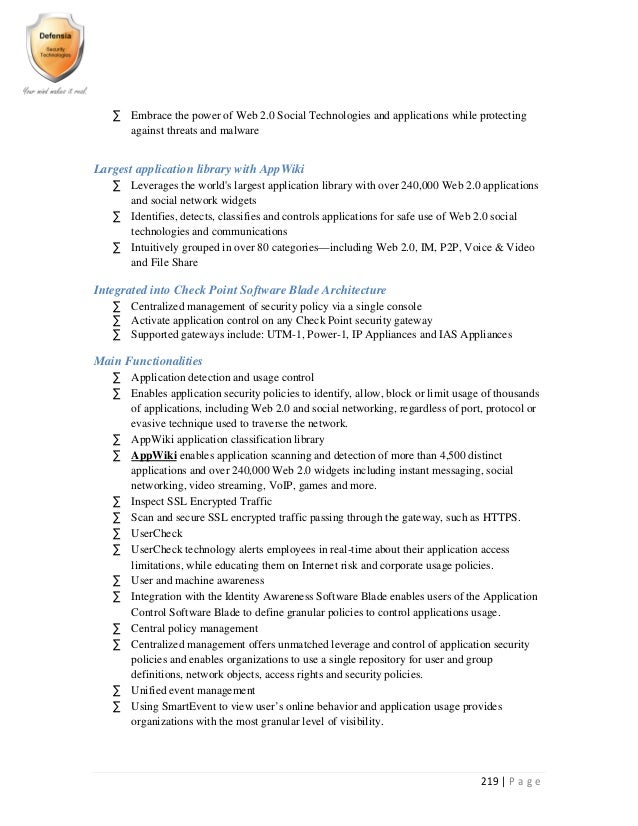
Image source: https://i.ytimg.com/vi/LoYbx2LYtms/maxresdefault.jpg
The electronics revolution shows no signs of slowing down. When I was a youngster we had dial telephones, AM radio, and black and white TV with a tall antenna on the roof. We did not have microwave ovens, cell phones, computers, FM radio, or GPS systems and there were no satellites. Well hang onto your hats, because the revolution has just begun...
X-ray vision is already here... sort of.
Knowing that radio waves can pass through solid materials, in 2006, engineers at Cambridge Consultants in the UK announced they had built a device they called the Prism 200 which can detect people through a brick wall. The briefcase-sized system works by transmitting pulses of ultrawide-band radar and listening for returning echoes.
According to the company, these pulses can pass through building walls over 16 inches thick, and detect human beings behind those walls over a range of up to 50 feet. The device can only detect people when they are moving.
Erwin Biebl's radar sensor. Biebl's team at the Technical University of Munich in Germany has built a device that can pick up tiny motions like breathing, or even a beating heart, through a closed door. His device uses Doppler radar to sense small movements caused by the beating of a heart or the movement of the lungs as one breathes.
Its not a big leap to envision a system worn on the head like night vision goggles. Think of how valuable that might be in hostage situations, fire fighting, and urban warfare.
Invisibility, not just for Star Trek and Harry Potter
In 2006, a cloaking device was which worked only for microwaves, was unveiled. Since then there have been a number of attempts to make invisibility cloaks.
Scientists have developed metamaterials, made with electronic components that interact with light and send it in the desired direction. The idea is to steer the light around the object. If the light goes around it then you wont see it. So far it only works with specific bands of the electromagnetic spectrum, the goal being to create something that works with a broad band of frequencies. The components however, must be smaller than the wavelength of the light they are steering, making them very small.
Recently, a group at the University of California, Berkeley, constructed a material that was able to bend visible light backwards for the first time, and Ulf Leonhardt at the University of St Andrews, UK, has demonstrated how metamaterials could work over a range of frequencies.
The Hong Kong University of Science and Technology in China is claiming that it has worked out how to cloak objects at a distance. They suggest using "complementary materials" which have optical properties that cancel each other out making it look as if neither material is there.
They have a long way to go, but dont be surprised if someday you dont see something that is right there in front of you.
Unique new sources of energy
All those gadgets...your laptop, cell phone, ipod, and all those other gadgets use electricity. Batteries run down and then what? How about running those devices with power from your clothing?
In 2008, Zhong Lin Wang at the Georgia Institute of Technology in Atlanta wove a fabric made from zinc-oxide nanowires grown on strands of Kevlar. Each time the material is bent or squeezed, it generates a tiny current. Wang and his team found they could harvest it by coating each fiber with a film of metal. Just plug your cell phone into your pants and start walking.
US soldiers in Iraq are using a device that could become a universal interpreter. SRI International in Menlo Park, California, has developed the system, IraqComm, used by the soldiers, packing a laptop with speech recognition and language translation software.
When someone speaks into the microphone in Arabic, the software turns the phrases into written Arabic, and then translates it into English. When the person finishes talking, the computer speaks the translation.
IraqComm's software, and other programs like it, learn to translate by studying conversations. The software searches for statistical connections between a series of Arabic statements and English translations. Given enough examples, the software can learn grammar too. A similar system running on a hand-held PDA was developed at Carnegie Mellon University in Pittsburgh, Pennsylvania.
These programs cannot deal with free-flowing language yet. The IraqComm works well because it focuses on around 50,000 words soldiers need. The broader the subject matter, the harder it becomes for the software to distinguish the alternate meanings required in different contexts. "We'll get there," says SRI's Kristin Precoda.
It probably isnt unrealistic to assume that in a few years tourists visiting foreign lands will carry with them portable speak-into devices.

